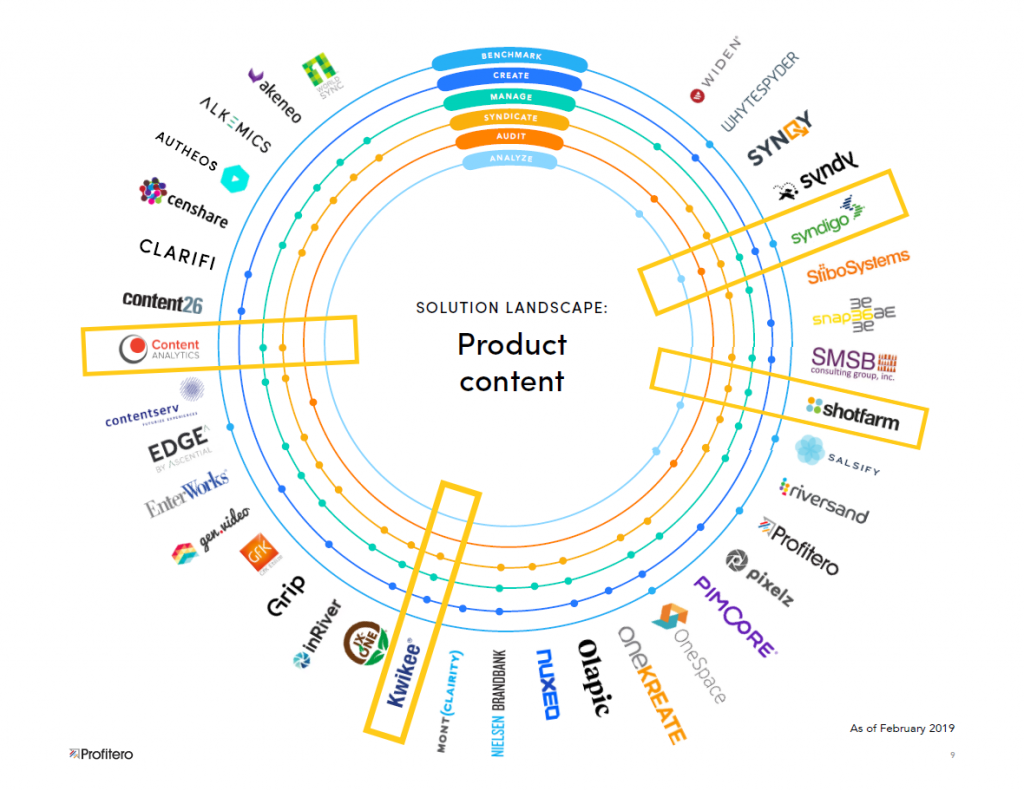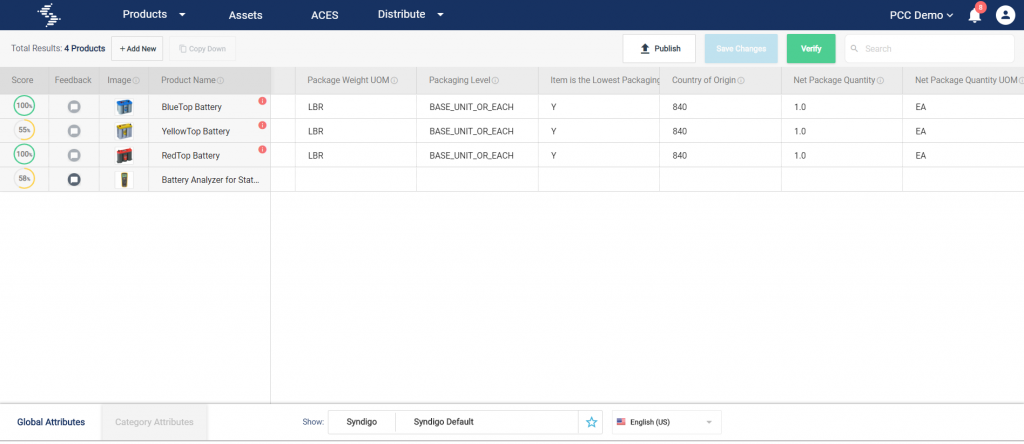3 levels to Achieving Content Excellence
Data management is not new. Since the earliest computer systems, there has been the need to ensure the data was “good” in order to help organizations function as necessary.
Today’s challenge is not about collecting enough data – there’s plenty of that. The challenge today is to ensure the data is both complete for the job, and the right quality for the job. In the consumer-first world of mobile eCommerce, requirements are evolving and changing rapidly. Below are three ways to ensure you are delivering quality content because existing systems do not always meet the need at hand. Consider:
PIM does not equal what’s out on the web.
Product Information Management was created for organizations to manage their data within and across an enterprise. It is incredibly important in terms of providing a structured environment for product content that can be accessed by an organization’s various systems. The ability to create data in consistent formats and data sets goes a long way to eliminate manual data input and duplicated effort, and it works well for specific uses including solving store and supply chain needs. However, there are limitations.
For example, the rigid controls favored by most PIM systems make it difficult to access data outside of a core user group. This impacts the ability for data to be easily shared beyond a defined user group, which hinders the adaptation of the data (and may create a need for secondary data sources). PIM systems are also often limited to certain types of data, meaning that rich media content cannot be housed in the same system. And linking rich media to product information in a PIM requires a separate integration platform. Finally, since the purpose of a PIM is management of data, there are rarely the rich analytical tools that can audit the effectiveness of the information being housed there.
Solution providers often have a narrow view of content uses.
Many of today’s content providers developed their solutions to solve a specific business problem. Within today’s ecosystem there are hundreds of providers offering single point solutions to many important issues that clients are trying to solve. However, while the client has been provided many options for addressing their content needs, it has also created too many solution providers working to solve narrow problems around creating and sharing product information – meaning that clients must manage multiple platforms, solutions or partners.

Source: Profitero Developing Your Digital Toolkit Guide
So, although their content problem is “solved”, suppliers and retailers have created new ones. It takes more resources for recipients to integrate data into customized PIM systems and match it to rich media marketing content. Suppliers face a similar problem across their retailer recipients. They must manage the multiple different requirements for each recipient partner – whether it’s the configuration of the data, the means of distributing it, or simply the number of items required to be published.
Here’s the new problem: Some data may be “complete” for a specific merchandising or supply chain use, but it’s not enough for integrating into today’s online and in-store systems. The content must be structured to integrate beyond a single database or recipient. Syndigo built its organization based upon our vision of enabling the efficient transfer of product data among trading partners, supported by the most complete content platform and largest global network.
To ensure your product content meets the highest level of data completeness and quality, you need to ensure you’re meeting the needs of both internal teams and external partners. Here are 3 simple questions to ask, to meet these needs.
QUALITY CONSIDERATION #1. Is my content easy to publish and update?
Content is created across multiple departments inside and outside an organization. The product design and label may be sourced from outside creative, while the nutrition label may be maintained by a different department, and the rich media to support a product’s conversion and sale might be completed outside creative partner. Considering the number of entities that need to share information and post it to others, you need to find a platform that allows an easy way to publish and update content, and ensure changes can be made in bulk and updated in near real time.

QUALITY CONSIDERATION #2. Is it getting out there?
The next step is to ensure that your updated and integrated content is getting distributed the way you need. As previously mentioned, retailer recipients have a host of specifications and requirements in order to receive data from a supplier. In order to ensure content is not getting rejected (or understanding why it is), it is crucial to be able to audit the content from the viewpoint of each recipient’s requirements – not only to understand their specifications, but to find the gaps where content needs to be updated. Having software to easily automate the auditing of all of your product detail pages along with relationships with retailer recipients are important parts to understanding data configurations and how to fix them.
QUALITY CONSIDERATION #3. Is it complete and effective for all my channels?
Beyond content creation and content distribution, analytics is the key piece to the puzzle that ensures good content health, which leads to quality. Having a platform with an analytical engine that can assess content structures, taxonomies and the thoroughness of information in relation to the requirements of a retailer recipient can provide a focused scorecard to determine the areas that content meets specifications and the areas where it can be improved. This helps to efficiently focus resources where they are most needed, to ensure better compliance and partner relationships and to ensure that you and your team are in control.










